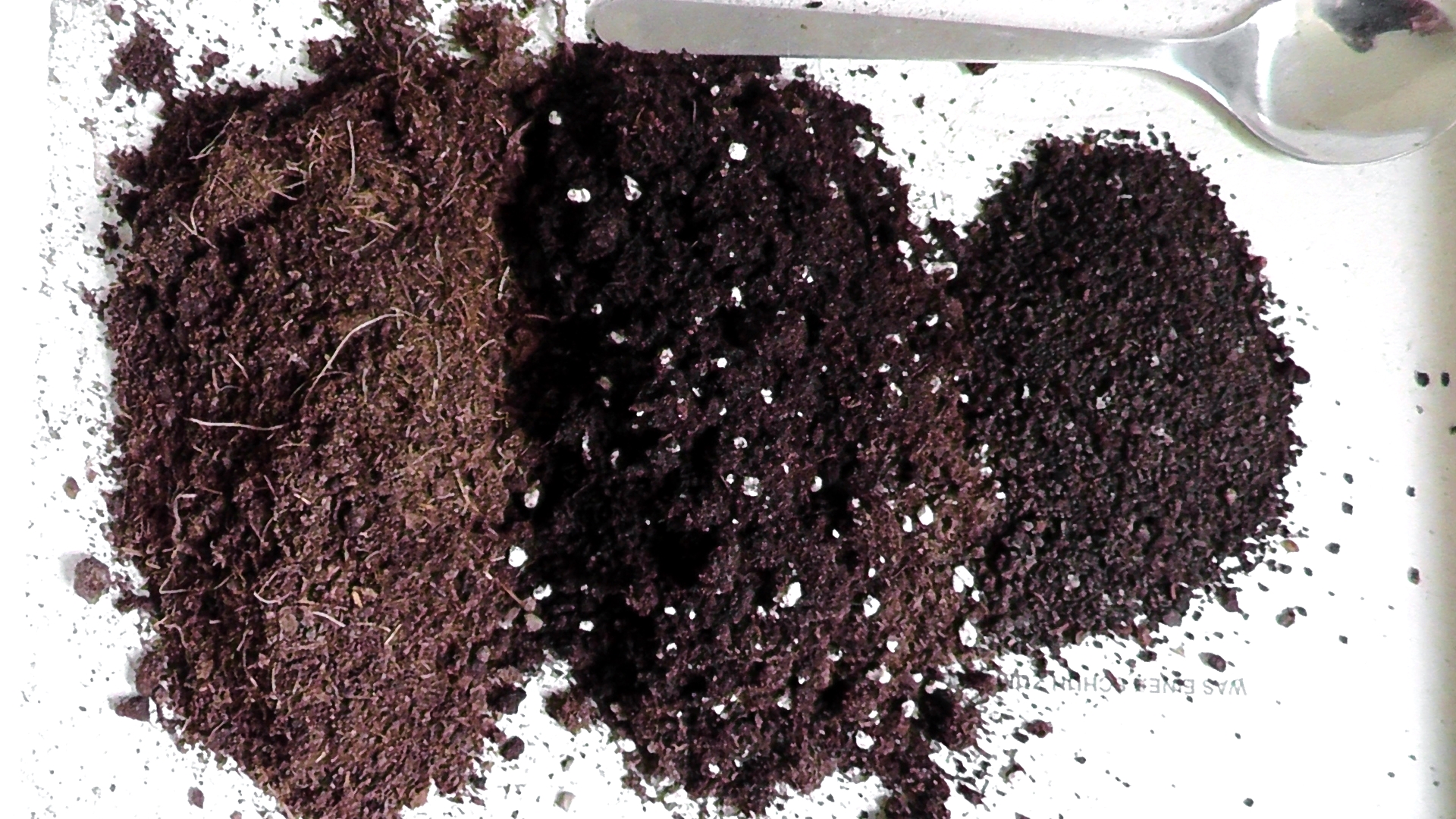Pines Background & Reproduction
Evergreens are plants that retain their leaves year-round. There are tropical evergreens like palm trees, but most evergreens that grow in temperate and cold regions are hardy trees such as pines and conifers as well as cone-bearing shrubs like firs. The temperate and cold regions evergreens have specific adaptations to help the survive in cooler climates such as tick bark to protect against the cold, thin, waxy needle-like leaves to reduce water loss, and cones to protect seeds. (Encyclopedia Britannica) Unlike deciduous trees, the leaves of evergreens can remain on the tree for two years or more.
Like most evergreens, pines (Pinus) retain their leaves all year, have needle-like leaves, and protect their seeds with cones. Some pine species can produce edible seeds that are sold commercially, but they are even more well-known for their being cultivated as ornamental trees. Many pines are propagated from cuttings, but growing pine trees from seed is an exceptionally economical method of producing many trees at a low cost (Mattern, 2013)
Eastern White Pine
https://www.thetreecenter.com/eastern-white-pine/
Eastern White Pines (Pinus strobus) are native to the Eastern United States and thus are easy to propagate in the Middle Atlantic and Northeastern regions. Eastern White Pines grow to heights of 50-80′ and have spans of 10-20′. They are highly prized as ornamentals being used for windbreaks and even Christmas trees. They are also easy to grow from seed, easy to transplant, and fast-growing making them an ideal evergreen to demonstrate propagation from seed. (The Morten Arboretum)
Close-Up of Eastern White Pine Cones
https://www.arborday.org/Trees/TreeGuide/treedetail.cfm?itemID=903
Pines Seed Prep
As previously noted, cuttings are often used to propagate pines, but growing them from seeds is easier, cheaper, and also fairly common.
1) Seed Collection
- The best time to collect Eastern White Pinecones is in the fall when they are brown or slightly green. Look for closed cones only. If the cones have opened, they’ve already released their seeds. Place the cones on a rack at room temperature. When they’re dry, the cones will release their seeds. Collect the seeds.
Botanic Visual Guide to Eastern White Pine Leaves & Cones
https://www.invasive.org/browse/detail.cfm?imgnum=1379009
2) Seed Viability
- To determine which seeds are viable, fill a bucket with water and place the seeds in it. Good, viable seeds will sink to the bottom. Discard any floating seeds since their embryos are likely dead.
Eastern White Pine Seeds
https://de.wikipedia.org/wiki/Datei:Pinus_strobus_seeds.jpg
3) Stratification
- To increase the chances of successful germination, a process called Stratification is often used. Stratification involves bringing the embryo of the seeds out of dormancy before planting.
- In nature, the process occurs naturally as seeds over-winter on forest floors. (Garber, 1965) For seeds that will be sown in the Spring of the following year, stratification is vital to prepare seeds for germination.
- To stratify the seeds, place them in a Ziplock bag filled with a moisture holding medium such as perlite and/or sphagnum moss. Store them in a refrigerator for 2-3 months. Whenever the perlite and/or sphagnum moss feels dry, re-moisten it with water.
Germination Process from Seeds
1) End of Stratification
- Remove the seeds from the refrigerator and bag to begin sowing process.
2) Sowing
- Poke a hole approx. ¾ inch deep in the potting mix in 3-5-inch-deep pots.
- Sow seed inside horizontally.
- Cover with sphagnum moss to help retain moisture.
- Spread a 1/8-inch-thick layer of potting mix or sand over the sphagnum moss.
Post Planting Care
1) Germination Environment
- After sowing, place pots outdoors if it’s warm enough or in a greenhouse or cold frame.
- Place pots on a growing mat.
2) Germination Requirements & Maintenance
- The greenhouse or coldframe must have insulated glass.
- Growing mat temperature must be maintained between 70- and 85-degrees Fahrenheit.
- Ensure the potting mix and sphagnum moss are moist throughout.
- Wait for germination in 2-6 weeks.
- After germination, harden off the seedlings by setting the growing mat temperature to 65 degrees Fahrenheit during the night. Turn it off during the day.
3) Transplanting
- Transplant the seedlings into larger pots filled with half loam and half sand once they reach 2 inches in height.
- Transfer them outdoors in partial shade with 1” of water for the first summer.
- In autumn, transplant the seedlings into a permanent bed. Space them 20 feet apart.
- Spead a 2-inch thick layer of pine mulch around the bases of the seedlings. This will retain moisture, warmth, and prevent the growth of weeds.
Eastern White Pine Seedling
https://sequoiatrees.com/western-white-pine-small-tree-seedling.html
Works Cited
Graber, R. E. (1965). Germination of a White Pine Seed as Influenced by Stratification. Washington D.C.: United States Department of Agriculture.
Mattern, V., & Ogden Publications, Inc. (2013, October 2). Growing Pine Trees from Seed – Organic Gardening. Retrieved November 20, 2019, from https://www.motherearthnews.com/organic-gardening/growing-pine-trees-from-seed-zm0z13onzsor.
McMullen, S. (2016, October 7). How to Grow White Pines from Seeds. Retrieved November 21, 2019, from https://homeguides.sfgate.com/grow-white-pines-seeds-46237.html.
The Editors of Encyclopedia Britannica. (2017, June 9). Evergreen. Retrieved November 20, 2019, from https://www.britannica.com/plant/evergreen-plant.
The Morten Arboretum. (2019). Eastern White Pine. Retrieved November 21, 2019, from https://www.mortonarb.org/trees-plants/tree-plant-descriptions/eastern-white-pine.




















:max_bytes(150000):strip_icc():format(webp)/step07-743880a6dbc941d0a59a1c01f1f67b8b.jpg)
